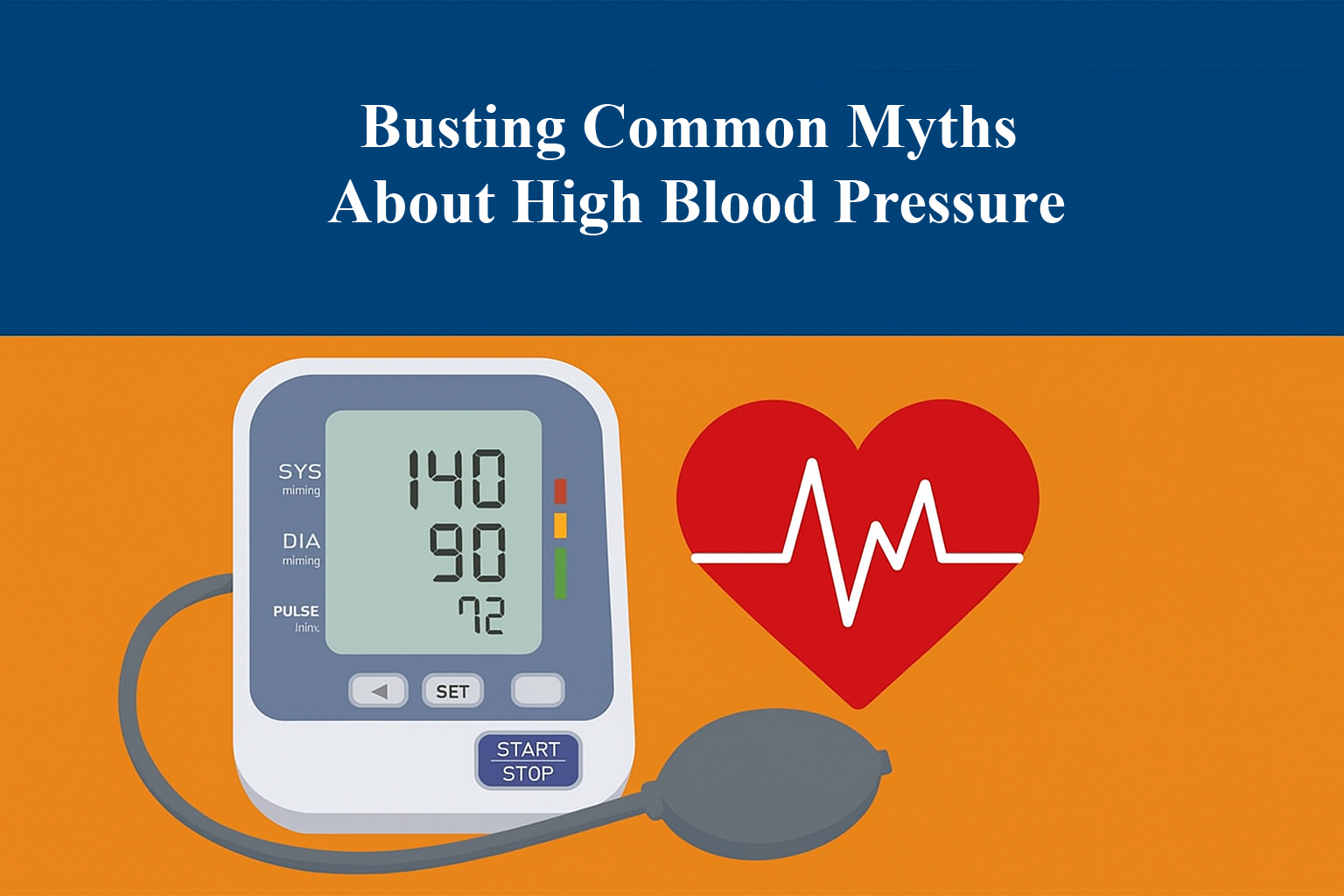
What is Thalassemia? Symptoms, Causes, and Prevention
By Dr. (Maj) A.P. Dubey in Cancer Medical Oncology
May 10, 2025
Thalassemia encompasses a collection of inherited blood disorders where the body struggles to produce sufficient hemoglobin, the oxygen-carrying protein within red blood cells. This deficiency leads to anemia, a condition marked by a shortage of healthy red blood cells, thereby impeding effective oxygen transport to the body’s tissues. The two primary types, alpha-thalassemia and beta-thalassemia, are distinguished by the specific globin chains of hemoglobin affected: alpha-thalassemia involves defects in the alpha-globin chains, while beta-thalassemia stems from abnormalities in the beta-globin chains.
Symptoms of Thalassemia
The symptoms of thalassemia vary considerably, with their nature and intensity dependent on the specific type and severity of the underlying genetic defect. These symptoms can range from mild anemia to severe, life-threatening complications. In some cases, symptoms may be mild and go unnoticed for many years, while in others, they can be severe and require lifelong treatment.
Also Read: Blood Cancer- All You Need to Know
Common symptoms include:
- Fatigue – A result of anemia, which reduces the amount of oxygen circulating in the bloodstream.
- Paleness or Jaundice The destruction of red blood cells can lead to jaundice, characterized by yellowing of the skin and eyes.
- Delayed Growth – Children affected by thalassemia may exhibit a slower rate of physical growth and maturation.
- Bone Deformities – Thalassemia can cause bone problems, especially in the face and skull, due to the overproduction of red blood cells in an attempt to compensate for anemia.
- Frequent Infections – Individuals with thalassemia may experience more frequent infections due to a weakened immune system.
- Enlarged Spleen or Liver – The spleen and liver may become enlarged as they work harder to remove damaged red blood cells.
In severe cases of beta-thalassemia, known as thalassemia major or Cooley’s anemia, individuals can suffer from more pronounced symptoms and may require regular blood transfusions to manage the condition.
Causes of Thalassemia
Thalassemia, an inherited genetic condition, arises from mutations in the DNA of cells responsible for hemoglobin production. As a result of these mutations, the body’s ability to produce functional hemoglobin is compromised, hindering the red blood cells’ crucial role in oxygen delivery to tissues and organs. This can lead to various health complications depending on the severity of the condition.
The condition follows an autosomal recessive inheritance pattern. This means that both parents must carry the thalassemia gene for a child to inherit the disorder. If only one parent carries the gene, the child will be a carrier of thalassemia (also called a thalassemia trait) and may not show symptoms but could pass the gene to future generations.
In alpha-thalassemia, there are four alpha-globin genes, and the severity of the condition depends on how many of these genes are mutated. In beta-thalassemia, the condition arises from mutations in the beta-globin genes, and the severity can range from mild (beta-thalassemia minor) to severe (beta-thalassemia major).
Also Read: Blood Cancer: Understanding the Disease and its Treatment Options
Prevention of Thalassemia
While thalassemia cannot be prevented in the traditional sense, there are several steps individuals and families can take to manage the risk:
- Genetic Counseling – Couples with a family history of thalassemia or those who are carriers can benefit from genetic counseling before having children. A counselor can assess the risk of passing on the disorder and suggest possible reproductive options, including prenatal testing or in vitro fertilization with genetic screening (PGD).
- Prenatal Screening – In some cases, thalassemia can be detected through prenatal tests, such as amniocentesis or chorionic villus sampling, which can determine if the fetus has inherited the disease.
- Carrier Screening – Genetic tests can identify carriers of thalassemia in individuals who may not exhibit symptoms but are capable of passing the gene to offspring Genetic counseling and carrier Proactive screening measures are essential for identifying carriers and minimizing the likelihood of offspring inheriting severe forms of thalassemia.
- Blood Transfusions and Iron Chelation Therapy – Regular blood transfusions are often necessary for individuals with severe thalassemia to maintain healthy levels of red blood cells. However, repeated transfusions can cause iron overload, necessitating iron chelation therapy to eliminate excess iron and protect vital organs from damage. Thalassemia is a serious, inherited blood disorder that can lead to life-threatening complications if not managed appropriately. Early detection, genetic counseling, and regular medical care are key to managing the condition and improving the quality of life for those affected. While there is no cure for thalassemia, ongoing advancements in treatment options, such as blood transfusions and iron chelation therapy, continue to provide hope for individuals living with the disorder.







